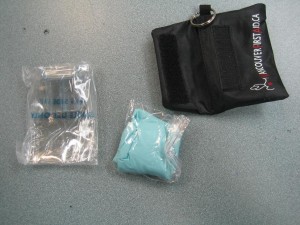We are located in over six different cities and five states in the US. Our providers can be found in the following cities:
- Los Angeles, California – Los Angeles CPR
- San Francisco, California – San Francisco CPR
- Honolulu, Hawaii – Honolulu CPR
- Las Vegas, Nevada – Las Vegas CPR
- Portland, Oregon – Portland CPR
- Seattle, Washington – Seattle CPR
We offer the same CPR training courses in all our providers, and at the same training rates as well. All the courses are taught by instructors who have valid CPR training certification. This assures our trainees that the training they are receiving is the best quality possible. All eight of our training classes are always completely filled that we even offer certain classes during the weekends and evenings.

Learning how to give CPR and first aid is everybody’s responsibility.
According to the WHO, the leading cause of mortality (death) in the world is ischemic heart disease followed by stroke. When a person experiences any of the two, it can cause a condition called cardiac arrest. Cardiac arrest happens when the heart stops beating, usually because it isn’t receiving enough oxygenated blood to keep functioning. If the heart doesn’t beat, it can’t send blood to our other organs – which is very dangerous for the brain. It can cause irreversible cerebral tissue death.
Getting certified.
All of our programs award students with training certificates if they have complete attendance and pass the exam at the end of training. The certificates are valid for 24 months and can be renewed before they expire. If you let your certificate expire, you have to retake the training program where you initially got it to get a new certificate. We do not renew certificates that have expired.
Enrol in any of the following programs and become CPR rescue.
- Heartsaver CPR / Heartsaver CPR (C) – A course for the public and HCPs respectively, Heartsaver CPR teaches trainees how to give basic CPR to a victim of cardiac arrest. It also includes first aid and defibrillation training. The public program is 4 hours long and the HCP program is 4.5 hours long.
- Basic Life Support – A course for HCPs, BLS runs for 4.5 hours long. It teaches one-person and two-person CPR rescue, first aid, defibrillation, and guidelines from the AHA. Re-certification is 4 hours long.
- Advanced Cardiac Life Support and Pediatric Advanced Life Support – ACLS is completed over 2 days with 16 total class hours. It teaches basic medical support (in a clinical set up) for adult victims. PALS teaches the same medical support but for pediatric victims. It runs shorter, only for 14 hours over 2 days.
